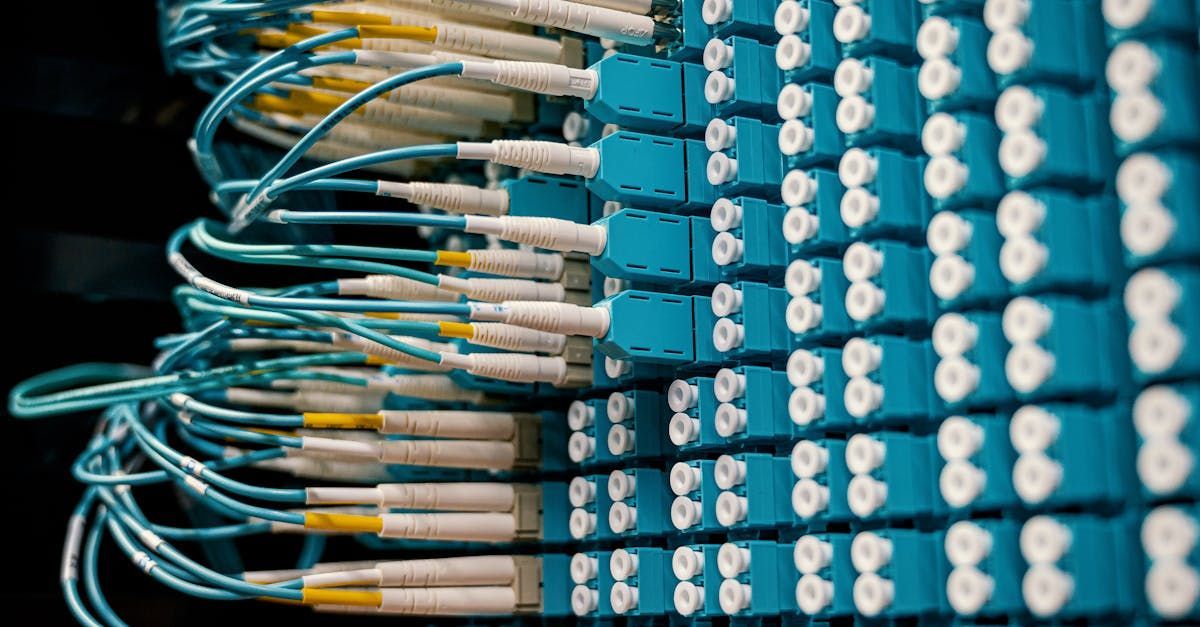Closing the digital divide is a priority for many companies all over the nation, Capcon Networks included. The quest to bring internet to every nook and cranny of the country has brought Starlink, traditional cable services, and fiber optics into the spotlight. Each technology offers distinct advantages and limitations, influencing their suitability for rural connectivity. This expanded analysis delves into the benefits of fiber optics, providing a comprehensive comparison with Starlink and cable services to help stakeholders make informed decisions about broadband deployment in underserved regions.
Starlink's Impact on Rural Connectivity
Overview of Starlink’s Technology
Starlink, operated by SpaceX, employs a constellation of low Earth orbit (LEO) satellites to provide high-speed internet. This modern approach addresses many challenges associated with traditional satellite internet, such as high latency and limited coverage. Without the limitations network operators trying to extend their network on the planet, Starlink shines when it comes to coverage in areas that would never otherwise be financially feasible.
Key Benefits of Starlink in Rural Areas
1.
High-Speed Internet:
Starlink delivers speeds ranging from 50 Mbps to 250 Mbps, often surpassing traditional cable services in remote regions.
2.
Low Latency:
With latencies between 20 ms and 40 ms, Starlink provides a more responsive internet experience compared to traditional satellite services, enabling its users to leverage applications previously not available to satellite users.
3. Broad Coverage:
Starlink’s satellite network ensures extensive coverage in rural areas, where terrestrial infrastructure is often lacking.
4. Resilience and Reliability:
The satellite network's robustness minimizes disruptions from physical damage and natural disasters.
Traditional Cable Services: Strengths and Limitations
Traditional Cable Network Architecture
Cable internet utilizes coaxial cables or fiber optics to deliver broadband. While well-established in urban and suburban areas, cable services face challenges in rural regions due to infrastructure limitations, and the cost to expand the network.
Advantages of Cable Services
1. High Bandwidth:
Urban cable services can offer speeds up to 1 Gbps, providing substantial bandwidth for various applications.
2. Stable Performance:
In well-maintained networks, cable services generally offer stable connections with minimal latency.
Limitations in Rural Areas
1. Infrastructure Challenges:
Extending cable infrastructure to rural areas is expensive and complex, often resulting in limited service availability.
2. Service Disruptions:
Cable networks are susceptible to outages caused by severe weather and infrastructure damage.
3. Higher Costs:
The high cost of extending cable networks to remote locations makes it economically unfeasible for many providers.
Fiber Optics: The Pinnacle of Broadband Performance
Overview of Fiber Optics Technology
Fiber optics represent the cutting edge of broadband technology, using light signals transmitted through glass or plastic fibers to deliver internet services. Since nothing is faster than the speed of light, fiber optics presents a medium able to leverage the fastest speed available in the universe. This technology provides superior performance compared to both Starlink and traditional cable services.
Key Benefits of Fiber Optics
1. Unmatched Speed:
Fiber optics offer symmetrical speeds, meaning upload and download speeds are equal, with capabilities reaching up to 10 Gbps or more. This exceeds the performance of both Starlink and cable services.
2. Ultra-Low Latency:
Fiber networks deliver latencies as low as 1 ms to 5 ms, providing an exceptional online experience for real-time applications such as gaming and video conferencing.
3. Reliability and Stability:
Fiber optics are less susceptible to interference and signal degradation compared to cable services. This results in a more reliable and stable connection, especially in areas with high electromagnetic interference or adverse weather conditions.
4. Future-Proof Technology:
Fiber optics are highly scalable, accommodating increasing data demands without requiring significant upgrades to the physical infrastructure. This makes fiber a long-term solution for growing connectivity needs.
5. High Capacity:
Fiber networks support a vast amount of data transmission, making them ideal for high-density applications and future technological advancements.
Challenges of Fiber Optics in Rural Areas
1. High Deployment Costs:
The installation of fiber optics in rural areas involves substantial costs, including trenching and the laying of fiber cables. This financial burden can be a significant barrier to deployment in low-density regions. While grants seek to help bridge this financial gap, some areas have a population density too low to justify developing with fiber even with assistance from grants.
2. Logistical Complexity:
Fiber deployment in remote areas can be logistically challenging due to the need for specialized equipment and expertise.
3. Limited Availability:
Despite its advantages, fiber optics are not yet universally available, particularly in rural and underserved regions where infrastructure development is still in progress.
Comparative Analysis: Starlink, Cable, and Fiber
Service Download Speed Upload Speed Latency Comparison












